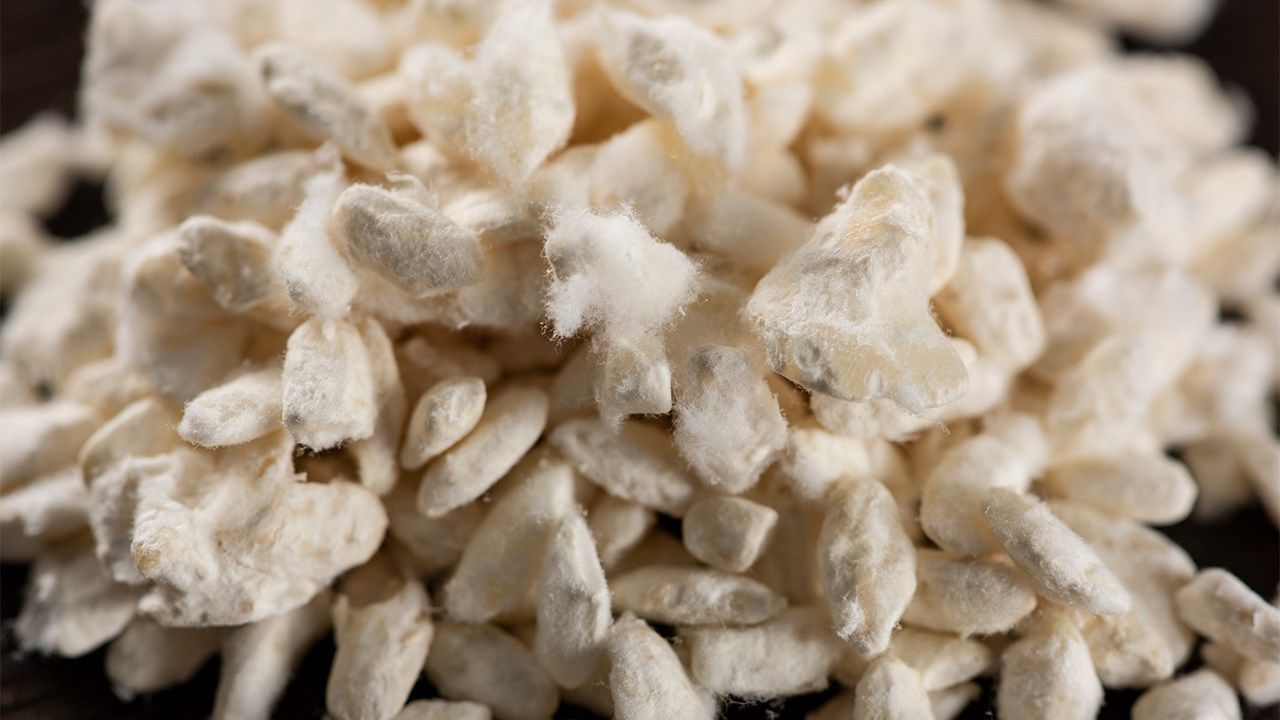
“Kōji”: The Secret Behind Japanese Cuisine’s Flavors
Food and Drink Culture Health Environment- English
- 日本語
- 简体字
- 繁體字
- Français
- Español
- العربية
- Русский
What Are Fermented Foods?
Around the world, a range of fermented foods and fermenting traditions have been developed, closely related to each particular culture. Fermented foods are traditional foods whose taste and health benefits are underpinned by years of eating experience.
They are processed foods, prepared through metabolism by microorganisms and using enzymes. Microorganisms existed on the Earth long before humans, and thus, fermented products have occurred naturally since prehistory. Humans encountered the phenomenon of fermentation in the process of preserving food supplies. After discovering these tastes, humans learned to harness the power of fermentation to deliberately produce these items. In this way, fermented products were developed around the world utilizing the major foodstuffs of each locale.
Fermentation-Based Flavors in Japanese Food
Japan has a wide variety of fermented foods that can be divided into four broad categories: condiments, side dishes, alcoholic drinks, and nonalcoholic beverages. Fermented side dishes include tsukemono (pickles), shiokara (salted seafood) and natto; alcoholic beverages include sake and shōchū; and nonalcoholic beverages include amazake.
But the greatest abundance is in the variety of fermented condiments, such as soy sauce, miso, mirin, vinegar, and shio-kōji. The range of condiments produced through fermentation techniques is a special feature of Japanese cuisine. Fermentation is used extensively in Japan to create flavors for food: This is what makes Japanese food so tasty.
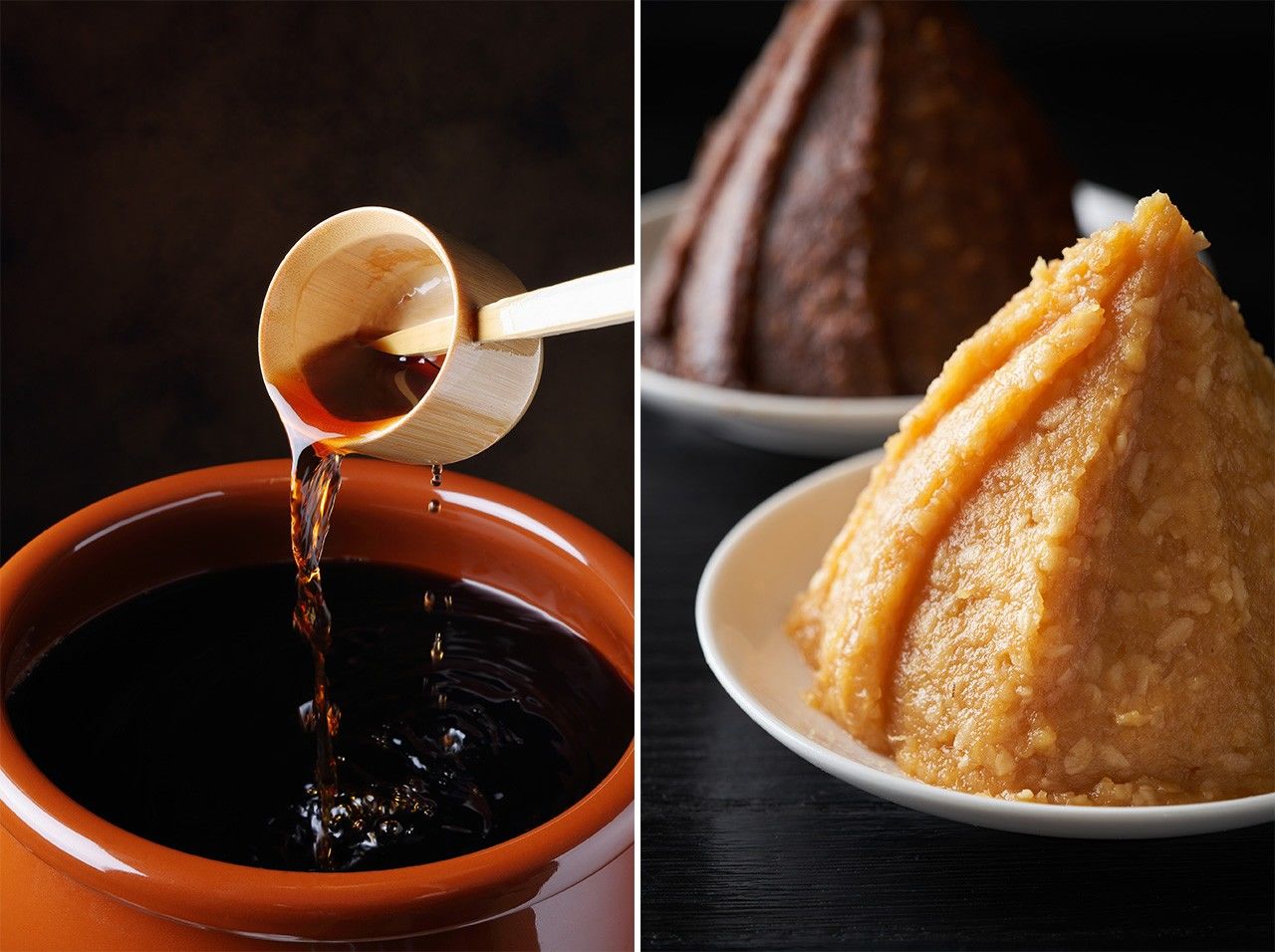
Soy sauce (left) and miso, key condiments in Japanese cuisine, are both fermented foods. (© Pixta)
In 2013, the United Nations Educational, Scientific, and Cultural Organization inscribed washoku, the “traditional dietary cultures of the Japanese,” on its Representative List of the Intangible Cultural Heritage of Humanity. It noted that washoku utilizes a variety of fresh ingredients and a range of flavors, and recognized the role of its good nutritional balance in supporting a healthy lifestyle. This is without a doubt partly due to fermentation.
What is Kōji?
Kōji refers to cereals inoculated with spores of kōji mold (Aspergillus oryzae). When rice is used, it produces rice kōji, soy beans are used to create soy kōji, and so on. Kōji is indispensable for brewing Japanese sake and traditional condiments. In the brewing world, there is a saying, “First, kōji,” followed by the kai, the paddle used to mix ingredients, and third by the flame used to heat the mixture. Brewers are particular about kōji above all else.
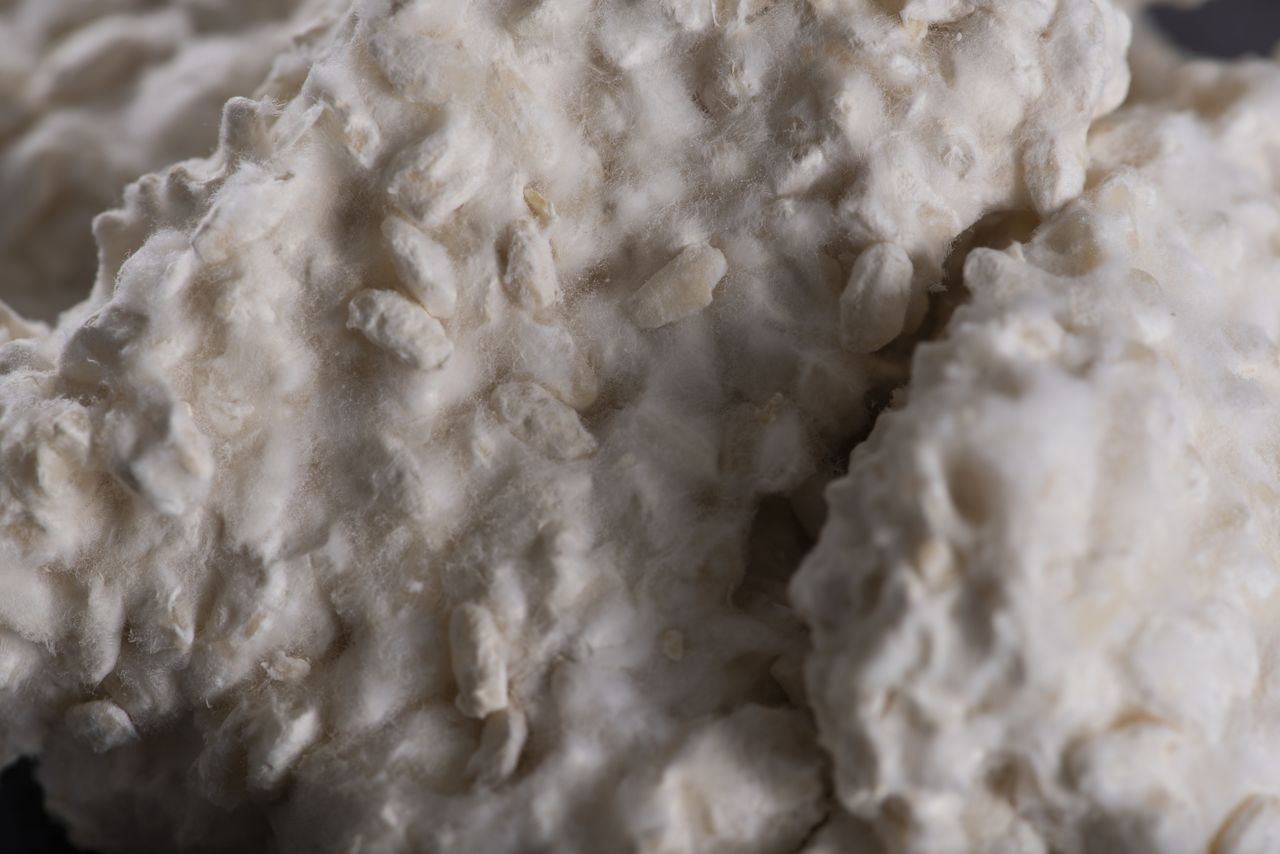
Rice grains with a thick coating of kōji mold. (© Pixta)
The kanji generally used to write kōji (麹) originated in China. Two components make up the character: the left part is 麦 (barley), and the right part refers to wrapping of cereal grains, 匊. There is another kanji for kōji (糀) invented in Japan during the Meiji era (1868–1912), comprised of a rice grain and a flower, depicting the fluffy mold growing on rice.
Kōji mold secretes digestive enzymes, dissolving the host grains as the fungal filaments grow. Consequently, kōji contains a large range of accumulated digestive enzymes, some of which, for example, decompose starch, and others that break down proteins.
The former decompose starch in the cereal to make it soluble. In addition, they even break down glucose, producing sweetness. Other enzymes decompose proteins in soybeans, creating peptides in which amino acids are linked in a chain. If the peptides decompose further, it produces 20 types of amino acids. Among them, glutamic acid is an umami component: the more amino acids, the tastier.
Among microorganisms, kōji mold is a particularly powerful at producing enzymes. Our ancestors employed fermentation extensively, using the enzymes from kōji mold to create sweeteners and umami enhancers from rice and soybeans. In this way, they developed fermented foods with an abundance of tastes and aromas.
Through the action of kōji mold on rice, they also created sake, an alcoholic beverage known for its mellow aromas. In addition, they developed condiments with an intense umami: miso and soy sauce.
The sugars and amino acids produced through enzymatic degradation becomes nutritious lactic acid bacteria and yeasts while creating complex flavors and aromas. Thus, kōji mold is the foundation for fermentation. Kōji mold is also the key to producing rice vinegar, mirin, shōchū and shio-kōji. You cannot discuss Japanese cuisine without mentioning it.
Japan’s “National Mold” is Domesticated
In 2006, the Brewing Society of Japan designated kōji as Japan’s “national mold.” Kōji mold is a term used to refer to Aspergillus oryzae, which has the greatest range of applications, used to make everything from salty miso to sweet amazake. It is also a generic term for the class of molds used as “seed kōji” for soy sauce and alcoholic beverages like shōchū and awamori.
Seed kōji describes the starter culture used to produce the mold. For centuries, seed kōji merchants have cultivated and preserved the purity of strains of seed kōji to sell to brewers.
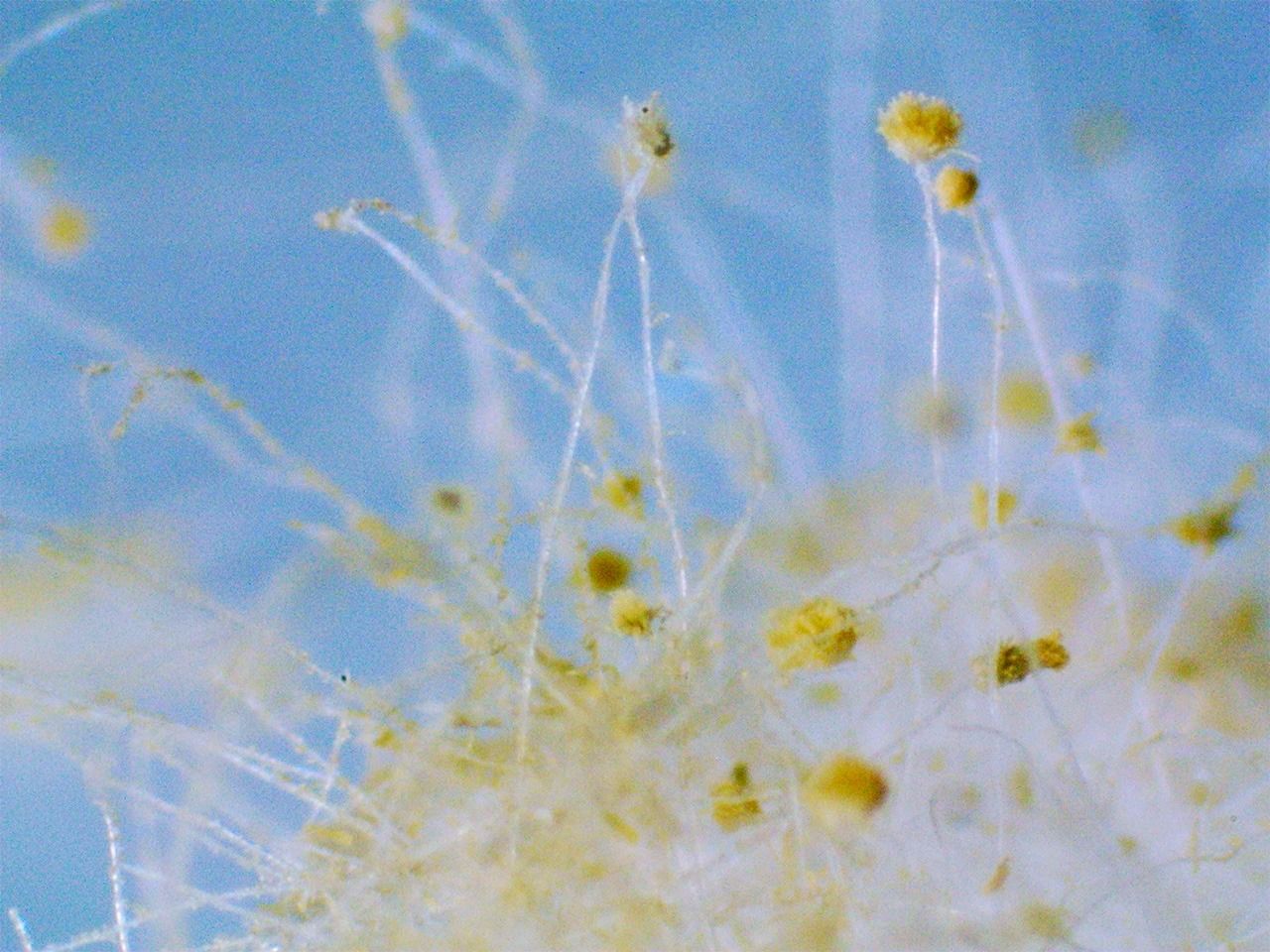
Japan’s “national mold”: Aspergillus oryzae RIB40. (Courtesy Maehashi Kenji)
Aspergillus flavus is believed to be the ancestor of kōji mold due to its similar taxonomy. Unlike this strongly toxic strain, though, modern kōji mold poses no danger to health.
In facts, recent genome analysis has revealed that the genes that produce poisons in kōji mold are inactive, providing scientific evidence of its safety. By domesticating dangerous molds for over 1,000 years, Japanese people built a rich food culture.
Furthermore, genome analysis has also shown that kōji mold contains abundant digestive enzyme genes compared with other molds, including over 100 gene varieties of proteolytic (protein decomposing) enzymes alone.
The enzymes in kōji mold are so strong that they remain in product seasonings even after brewing, retaining their vitality, which can be employed effectively in subsequent cooking processes. Examples include the production of amazake and shio-kōji, where enzymes in kōji mold that decompose starch digest the starch in rice, creating glucose, and thus imparting strong sweetness. Both still contain strong active enzymes, and when they are used in cooking ingredients high in starch, the enzymes work to produce greater sweetness. If left longer, the ingredients can dissolve and liquefy.
Amazake and shio-kōji can also be used in cooking animal products, such as fish and meat, that are high in protein, to enhance the umami and to tenderize the ingredients. With leaf vegetables, which contain little starch or protein, the enzymes damage the cell walls, making it easier for flavors to penetrate.
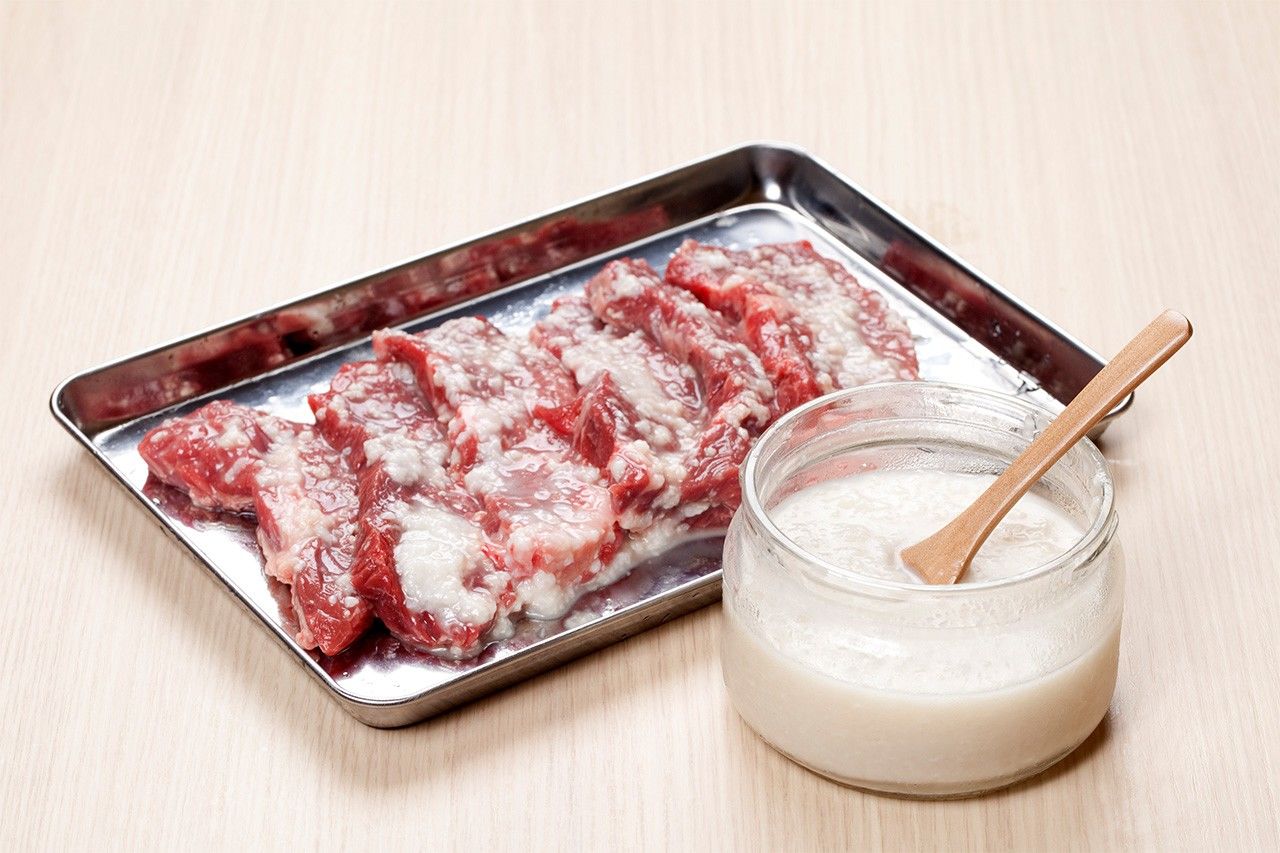
When kōji condiments are used with fish or meat, it makes them more tender and boosts their umami. (© Pixta)
Preparing ingredients for cooking includes cutting and other processes that impart physical damage, destroying cells. Enzymes and other components are liquefied, leading to chemical reactions between them. This is one mechanism for producing tastes and aromas.
Because kōji has more powerful enzymes than regular ingredients, it induces significant changes to components when used in food preparation. Brewed seasonings produced with kōji are rich in flavors and aromas drawn out of the ingredients by its enzymes. In particular, kōji enzymes remain in miso, shio-kōji and amazake. The use of kōji condiments is a means of extracting more umami from ingredients—a key washoku food preparation technique.

Fish coated in miso, another preparation method leveraging the characteristics of kōji condiments. (© Pixta)
Characteristic Washoku Tastes: Simple Yet Complex
Condiments often serve a role in adjusting flavor. This is a simple matter in the case of sugar and salt, which adjust sweetness or saltiness according to the amount added. But kōji condiments not only impart their own complex flavors; the enzymes they contain also act on ingredients to produce sweetness or umami with an impact going beyond what is added.
The sauces and soup stocks developed in Western cooking are concentrates of umami extracted from a variety of ingredients. On the other hand, Japan’s kōji condiments, produced with minimal ingredients, use the power of fermentation to create umami and other complex flavors. Washoku preparation is simple, but we can enjoy these complex tastes thanks to this fermentation.

Fish basted in miso before grilling boasts a complexity of flavors. (© Pixta)
But kōji enzymes do more than just create good tastes. It has been shown that the components produced when kōji enzymes act on ingredients have health benefits.
Components resulting from decomposing starch include glucose and various oligosaccharides. These help to regulate the intestinal environment, and can therefore relieve constipation and diarrhea, as well as boosting immune function to help prevent infections and control allergies.
The components produced in decomposition of proteins include various peptides. They have diverse structures with a large range of functions: some can help reduce blood pressure, while others are anti-acidic. Foods always contain proteins to some degree, so fermented foods using koji always contain peptides.
Measuring the amount of peptides in ingredients requires complex analysis using specialized equipment. But as noted above, as fermentation progresses and umami becomes more evident, decomposition of proteins also increases, producing more peptides. The greater flavor of foods produced by fermentation with kōji is also an indication of their greater health benefits.
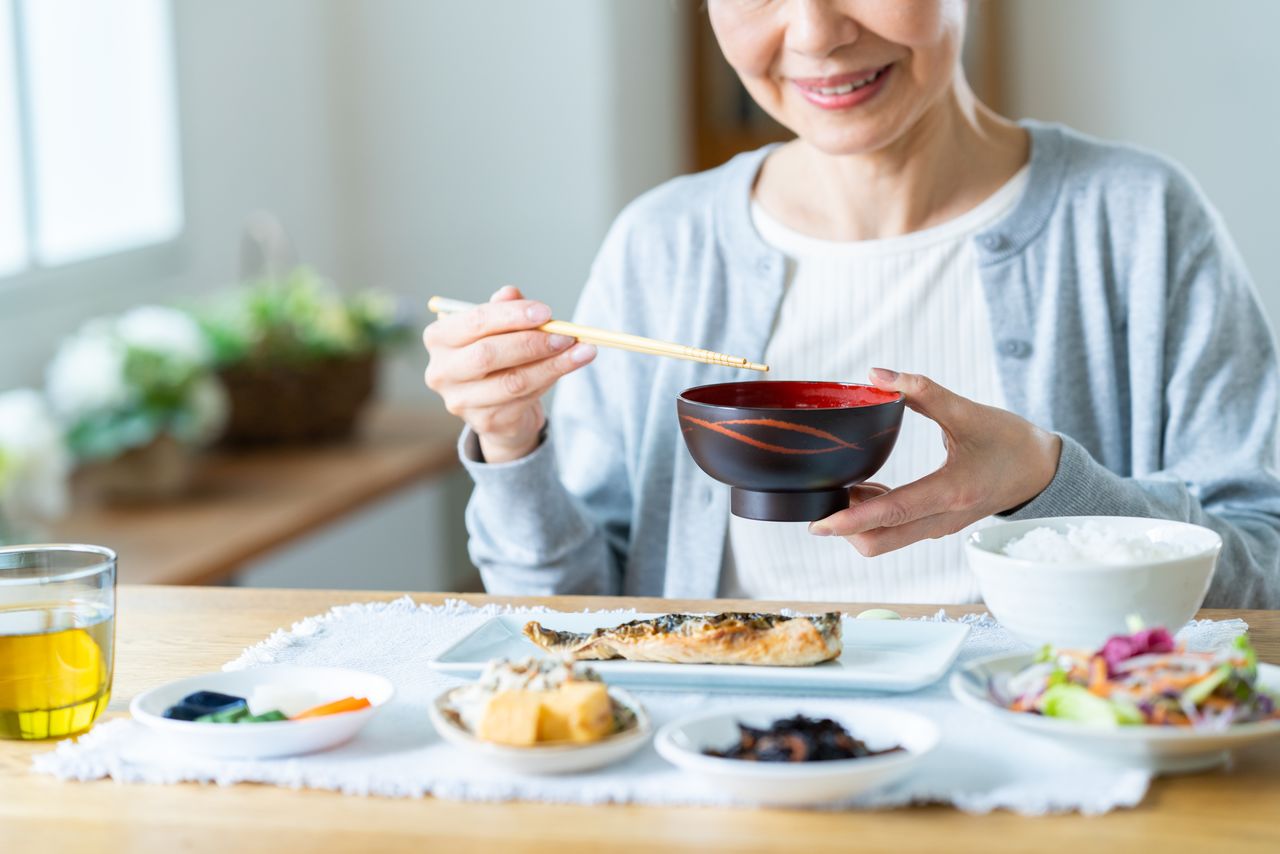
With fermented foods, tastier equals healthier. (© Pixta)
Preserving Kōji Food Culture for the Future
There is a term in Japanese, kinshoku, which roughly translates as “fungal diet.” It refers to a diet high in mushrooms, molds, yeasts, bacteria and other microorganisms: essentially, eating fermented foods. Such foods contain bacterial cells of microorganisms or metabolites produced by microorganisms and other components produced by microbial enzymes.
Traditional washoku and Japanese food in general almost always uses condiments produced through fermentation by kōji mold. These condiments provide health benefits via the components produced when kōji enzymes decompose ingredients, and also add rich flavors and aromas. The fact that less processing is required to prepare ingredients further boosts the healthfulness of meals.
Kōji foods underpin the traditional healthy diet of Japanese people, and although Japanese food is changing with the times, I hope we can preserve the culture of kōji foods for the future.
(Originally published in Japanese. Banner photo © Pixta.)
